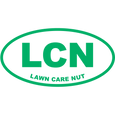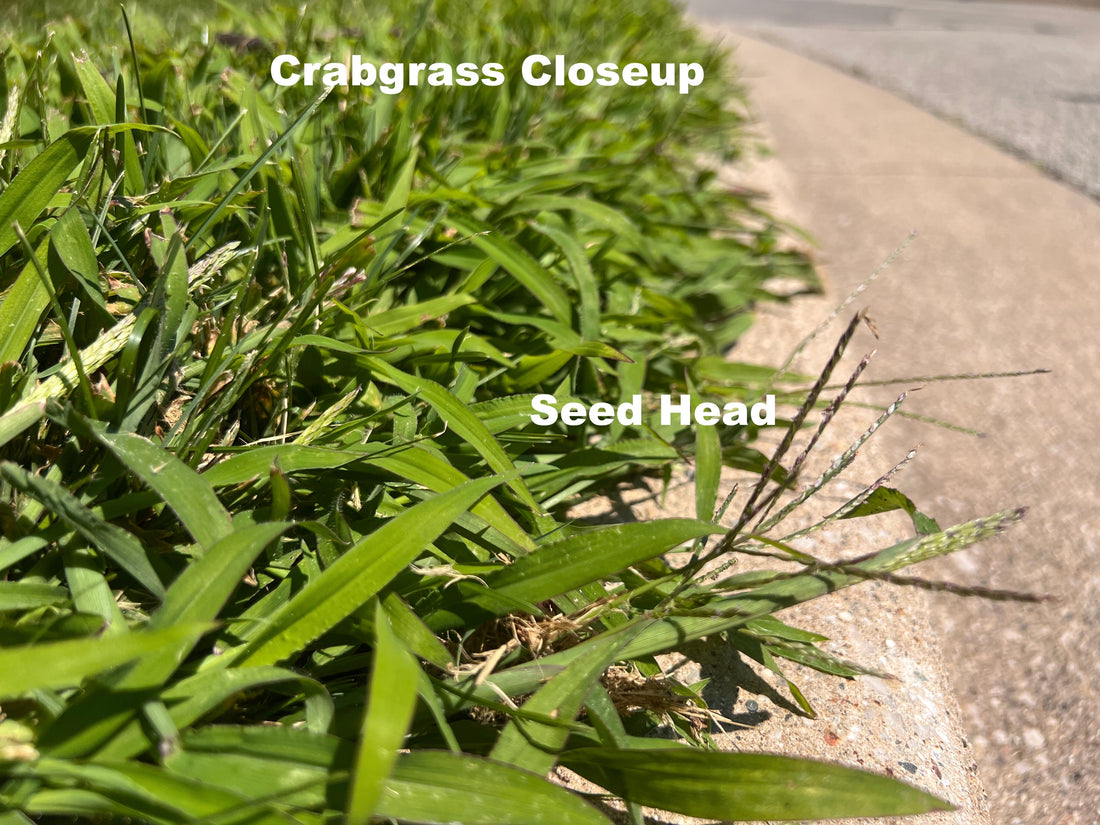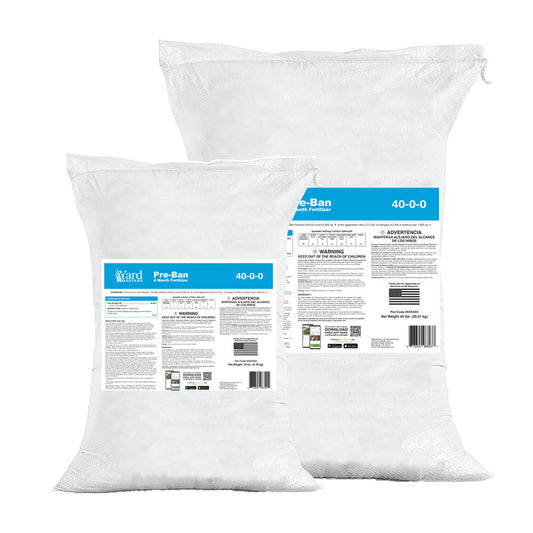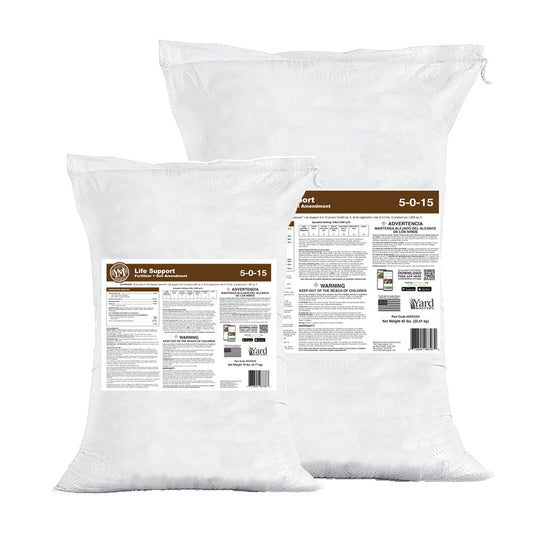How To Get Rid of Crabgrass
Let's dive into some different types of crabgrass while also going through its life cycle. Understanding more about its life cycle will help you better your strategy when it comes to using herbicides to control this grassy weed. Here I talk about the different types of crabgrass, and as I talk about its life cycle, I sprinkle in tips on when to use pre- or post-emergent herbicides to control these grassy weeds.
What Is Crabgrass: Definition
Crabgrass is the common name for a genus of plants (Digitaria) that includes annual and perennial types of grass. The species generally have broad, flat blades and produce long flower clusters and thousands of seeds per growing season.

This week, I visited Grand Rapids, Michigan, for a special purpose that will be revealed on my channel this weekend. Click To Subscribe
While there, I of course went off into some neighborhoods to explore the lawns to see how they are fairing this summer.
The weather in West Michigan has been very, very hot and dry during much of July, but just about 12 days ago,o they got a good 2” of rain in a short period along with a nice cool down in temps, which brought almost every lawn back!
But one other thing this “jolt” of “hot-then-rain-then-cool” did was rattle crabgrass seeds awake, and now we are seeing weak spots in the pre-emergent game.
First off, download this FREE guide on how to stop weeds before they grow, along with pre-emergents, to understand how we PREVENT crabgrass.
Here’s the thing: even with the best pre-emergent strategy, you can have a breakthrough, especially around high-foot-traffic areas and “hot zones” like you see in the pics here taken near the Thousand Oaks Golf Course.

This is a very well-manicured and cared-for subdivision. You can see how green the lawn is. It’s Kentucky Bluegrass and some fescue mixed in, cut tall, and for sure it gets fertilized and weed control. Yet you can see those heat zones allow for breakthroughs.
The Lifecycle of Crabgrass
Crabgrass lives fast and dies hard. It’s an annual, and once it dies, it doesn't come back. The seeds that they drop, however, will come back the next year.
For example, in a typical cool-season lawn, crabgrass seeds are in the lawn. Once soil temperatures near 55 degrees, that is the window for crabgrass seed to start germinating. Not all crabgrass seeds germinate at the same time. It depends on where the seeds are in terms of depth, moisture, heat, etc.
When rains start for the season, a lot of pre-emergents will lose their vapor barrier, and this is also when germination will start. This is where you can apply a post-emergent weed control.
Once crabgrass is growing, it’s important to get on top of the problem fast. Each crabgrass plant can produce up to 150,000 crabgrass seeds PER PLANT. That’s if you leave them to grow. Mow often to reduce seeds.
Once crabgrass dies, it will leave a bare spot in the lawn for the seeds to germinate the next season.
Here is a video to watch where I review the life cycle of crabgrass:
How To Get Rid of Crabgrass
- Mow more often. You want to keep mowing so these plants cannot go to mature seed. Keep mowing! It’s ok to mulch clippings as long as you are mowing often, so the seed doesn't reach maturity. However, if you are a super fanatic, sure, back the clippings if seed heads are present. But where do you dump those clippings? That’s on you! Ha ha!
- Get Quinclorac. This is a tried-and-true herbicide that I use specifically for crabgrass. You can mix it by itself, or spike it in with other weed controls that need a crabgrass killing element. The 7.5oz bottle covers 5,000 sq ft and should be plenty for you guys and gals who are just spot spraying. This product needs to be applied to the crabgrass pretty early, so get to it soon. It will have trouble with mature crabgrass.
- Add some baby shampoo to the mix as a surfactant. Get no tears, original baby shampoo, and add 1 oz/gallon of spray mix. This will help the quinclorac cover the leaf blade surfaces more effectively.
- Take pics and add them to your Yard Mastery app so you have a record of these weak spots in the future. These are areas you will be sure to cover better with pre-emergents next spring. You may also limit foot traffic in these areas going forward, and having pics year over year helps you track the results of your efforts.
With any kind of lawn weed, including crabgrass, you will find that the problem takes a couple of years sometimes to get under control. The goal is not always to “eliminate all crabgrass NOW,” instead it’s a gradual reduction over 2-3 years.
You go after it with pre-emergents and post-emergents (quinclorac), and over time, that will reduce the amount of seeds that get dropped, which brings the problem to a halt in time.
If you are looking for more comprehensive information on How To Prevent Crabgrass, here are two pages to find more information:
See you on the lawn!
Al






